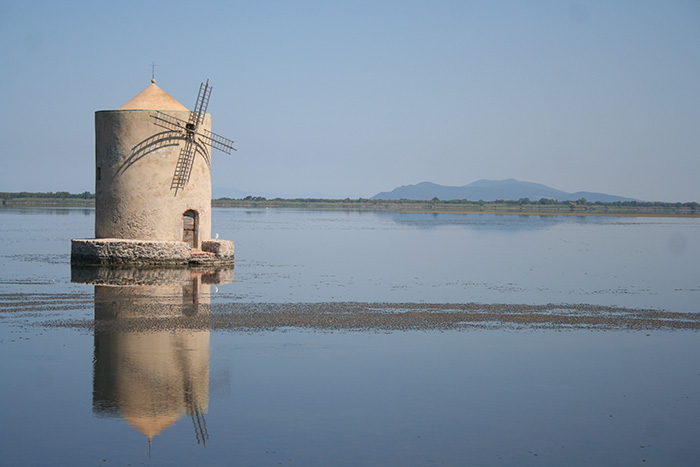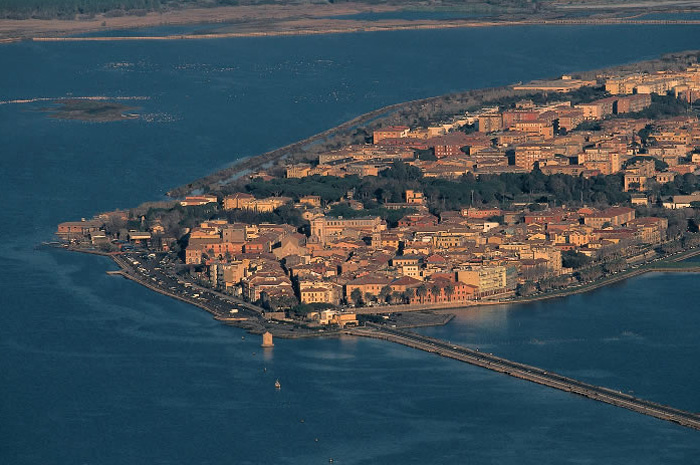 |
|
| N L | Orbetello |
|
The peninsula Monte Argentario is connected with the mainland by three dams which form two lagoons, the Laguna di Ponente on the west side and the Laguna di Levante on the east side of the middle dam. Orbetello is located on the middle dam between the two lagoons. Orbetello was already inhabited in the Etruscan period and was later dominated by the Roman Empire. In the past, its favorable geographic position made it an attractive conquest, not only by noble Italian families, but also by foreign states. Orbetello was a possession of the Aldobrandeschi, Orsini, King Ladislas of Naples and Siena, until Spain acquired it in the late 16th century. The Spaniards heavily fortified the two ports, as the main stronghold of the State of Presidi. The town still has the bastions which the Spaniards built during the period (1557-1713). Later it was under the Grand Duchy of Tuscany and, from the late 19th century, the newly unified Kingdom of Italy.
Comune |
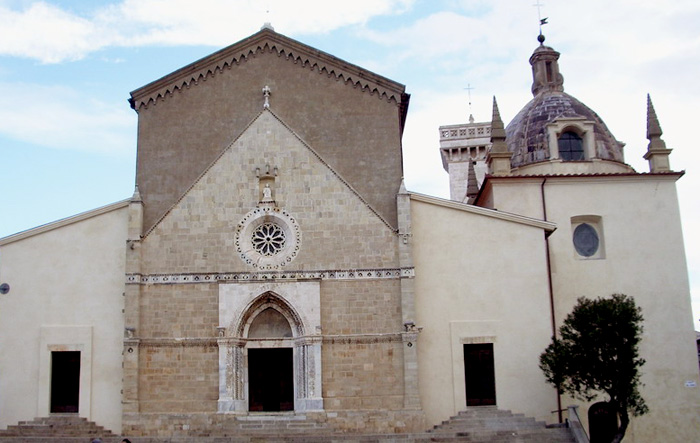 |
Orbetello, Duomo, the Cathedral Santa Maria Assunta |
|
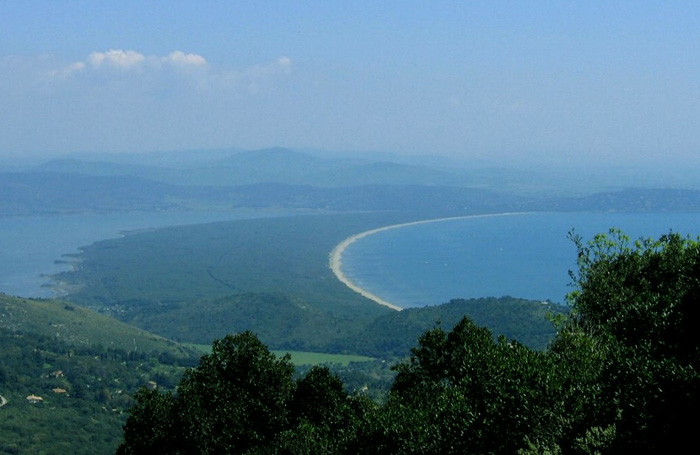 |
Tombolo di Feniglia, view from Monte Argentario |
| Orbetello is joined to the Argentario promontory by two long, golden sand dunes, known as the Tomboli della Feniglia e della Giannella that offer the visitor kilometres of enchanting, unspoilt beaches ... Tombolo della Feniglia is also a forest preserve of stone pine trees that runs the length of the beach. The stone pine (Pinus pinea), also called Italian stone pine, umbrella pine and parasol pine, is native to the Mediterranean region, occurring in Southern Europe, North Africa, and the Levant. Spiaggia Feniglia. This impressive beach is 7 km long and it has fine white sand and is backed by a lush pine forest. It ends with the lagoon of Orbetello. It can easily be reached from Porto Ercole. |
Another interesting thing to see is Mulino Spagnolo (Spanish Mill), which is situated at the beginning of the dam that connects the town with Argentario. |
||||
Albinia, a modern agricultural trade centre anda considerably tourist seaside resort, rises near the mouth of the Albegna river, from which it takes the name. The presence of the Tower of the Salines, near the mouth, shows that once salt was produced there. |
||||
| Near the mouth of the Albegna River, on the left shore, the Forte delle Saline is a defensive architectural complex built in the second half of the 15th century. Restored several times since, it is indicated by nineteenth-century historian and naturalist Emanuele Repetti as "Torre delle Saline" with the function of Fort and Customs House. The name of the tower derives from the presence in this area of numerous salterns, which thus imposed the necessity to defend the site, as it was also the point of embarkation of grains from inland Maremma.
The complex is made up of a four-sided compound composed of a thick curtain wall with quite a wide parapet walkway, so as to leave room for the artillery. At the four corners are: the robust tower facing the sea, a small bastion in the opposite corner, and two other bastions with circular sentry boxes (one with cupola roofing, the other unroofed). The base of the compound has sloping walls reinforced at the corners and marked by a stone belt-course. The outwardly projecting tower has a height three times that of the enclosure and, at the peak, a series of arches on corbels. Forte delle Saline is therefore something of a hybrid between the tall, medieval-style tower and the low, robust curtain walls in response to the introduction of the cannon to the art of war, which prescribed the construction of architectural structures resistant to enemy fire, and able to permit cannons to fire at eye level. The building inside the enclosure was used as a barracks of the Guardia di Finanza until 1962. Today, the entire complex is private property and serves as a private residence.
The Oasis of Orbetello |
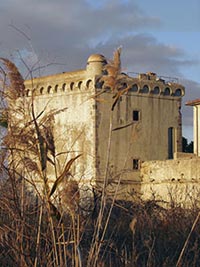 Forte delle Saline, Albinia |
|||
| The Oasis of Orbetello includes three itineraries: The first trail is a birdwatching path. It is accessible from September to April either independently or with a tour guide; along this path are 9 hideouts for birdwatching. The path is about 1.2 km long. The second trail leads intoPatanella Woods. The path includes some observation points and is about 1km long. Accessible all year long through advance booking (guided tours available). The third path is a hiking trail that connects the visitor centre (Ceriolo) to Patanella woodland: the path is about 3 km and crosses various habitats. Accessible year-round by booking a guided tour. There is also a small nature trail next to the Giannella farmhouse where it is possible to see an exhibition on wetlands. Paths are equipped with information boards that provide information on the oasis and species identification guidelines.
|
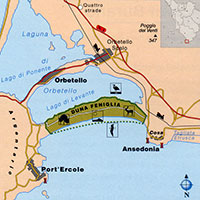 Map Tombolo Feniglia |
|||
|
Gallería Fotográfica della Costa Toscana
|
||||
 |
 |
|||
Porto San Stefano
|
Porto Ercole - Vista fortezza dalla rocca | Monte Argentario - Vista della giannella
|
||
 |
 |
 |
||
Tombolo di Feniglia visto da Forte Stella sul Monte Argentario. In primo piano in basso Porto Ercole
|
Porto Ercole
|
View of Osa Beach in Orbetello | ||
|
Cicloturismo in Maremma | Giro del Monte Argentario | Orbetello - Porto Ercole - Punta Avvoltore - Strada Panoramica - Porto Santo Stefano - Orbetello
|
||||
Holiday homes in the Tuscan Maremma | Holiday home Podere Santa Pia |
||||

